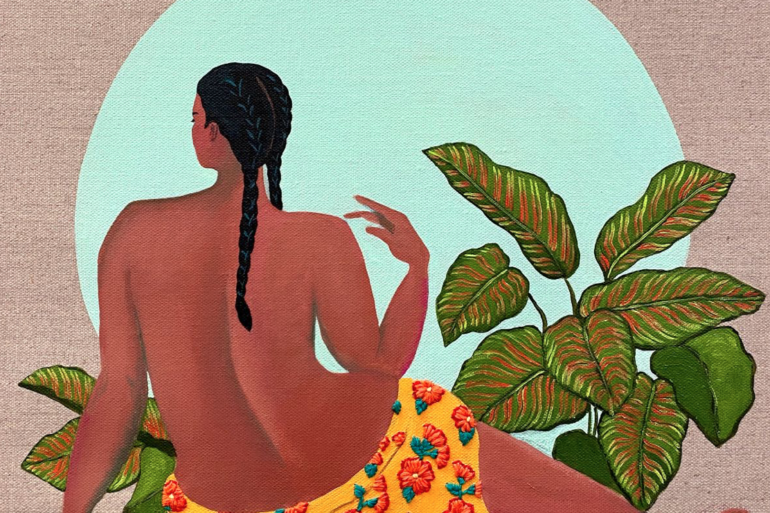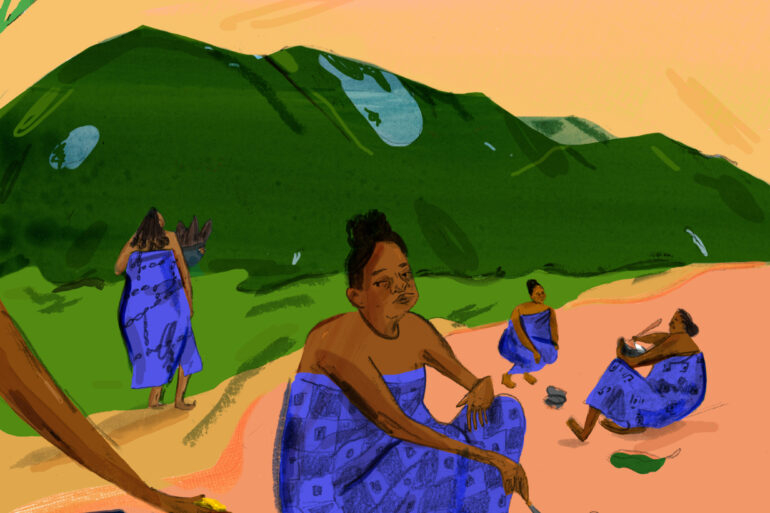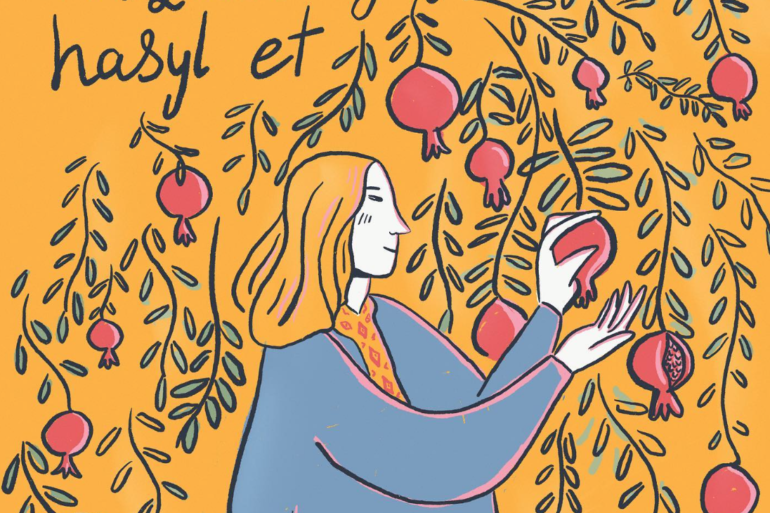Daryl Rainbow is a Filipino born, British illustrator whose work focuses on community and football.
How has your lived experience shaped your practice?
I have always found inspiration in the community and settings around me. Having lived in various areas in London all my life, the people, the different cultures, the trends, the humour of the city has always been in my work. Whenever I’ve struggled to come up with ideas for personal work, I usually have just looked to what was around me at the time. The peculiar Londonisms, the social discourse that’s happening at the moment, the grittiness and energy of the city, have all provided a very particular visual language to work with.
What are some of your biggest influences and motivations in your work? What issues are you passionate about working on?
Social narrative, current topical issues and community have always been an impetus for me to make work. Most of the time if I’m doing a personal piece or a series, I always feel like it need to have social narrative angle or a joke in it to justify me dong it otherwise I always feel a bit uncomfortable putting something out that I think just looks nice. Since about 2018, football have been a constant theme with my work. I have always followed football and been a big fan so it was a natural narrative for me to work with. But also football has always been a great vehicle for social narrative.
Every big socio-political topic has been brought up in football and been in it’s constant discourse. From LGBT issues, racism, feminist issues, socialism, criticisms of capitalism, Brexit, Coronavirus; all the important topics have always been regularly part of the football narrative. That was the bulk of my reactive and personal work for a while. The last few years I think I’ve also been more interested in narratives around community, specifically a diverse, London set community, as it’s what I see daily. And eventually that has been more present in my commissioned work. So many times in the last few years have clients come to me with a commission for something that sports/football related, but showing a diverse community with an energy and a unity.
Can you tell us more about your focus on murals and public space art – how can this be used to transform or cities and spaces?
Murals are a great way of injecting big energy into a public space. Illustration is perfect for murals as as a medium there really is no limits to it. In terms of narrative and space, with illustration you’re not limited to what setting or models or set design you can get for the image. I feel like I see illustrated murals around more often than before. With the murals that I have done, generally they’ve been about showcasing the local community. The buzz and the energy of a diverse set of people. I think, at the very last they can provide a positivity and excitement to a public space.
Where are you based and what excites you about the creative community around you?
I am based in East London and work in Hackney Downs Studios. I love being part of a creative community there. Also in the past year I joined Rise United. A non competitive football community based in East London. It’s a footballing team where people from an ESEA background connect and contribute to building an inclusive community. It’s also filled with lots of amazing creatives. I find these people inspiring. Whenever I feel in a rutt with my work I know I can just look around and see people doing amazing things and it gives me energy to try and do something cool as well.
These are people of a similar age and a similar background doing lots of fucking cool work. This visibility from the ESEA community has never been at this level. When I was an art student I could name very few ESEA illustrators, art directors, designers. Or people from a similar background to myself. And as a result, at that age, I couldn’t really see what the heights could be for me. I kinda wish I was an art student growing up in these times just for the visibility of all these ESEA creatives. It must be so exciting. I work as a sessional lecturer at Ravensbourne University also and the main thing I love about the university is that there is such a diverse mix of students there. Several times in the last year now, a Filipino student has come up to me and asked if I was Filipino and just been excited that I was. When I was at art school the student/tutor demographic was mainly just white and middle class. I think not seeing people who look like you represented does subconsciously negatively impact you mentally. Now as an ESEA creative, there’s a great positivity and enjoyment in being a creative and coming from an ESEA background.
See more of Daryl’s work HERE








Subscribe to shado's weekly newsletter
Exclusive event news, job and creative opportunities, first access to tickets and – just in case you missed them – our picks of the week, from inside shado and out.




















